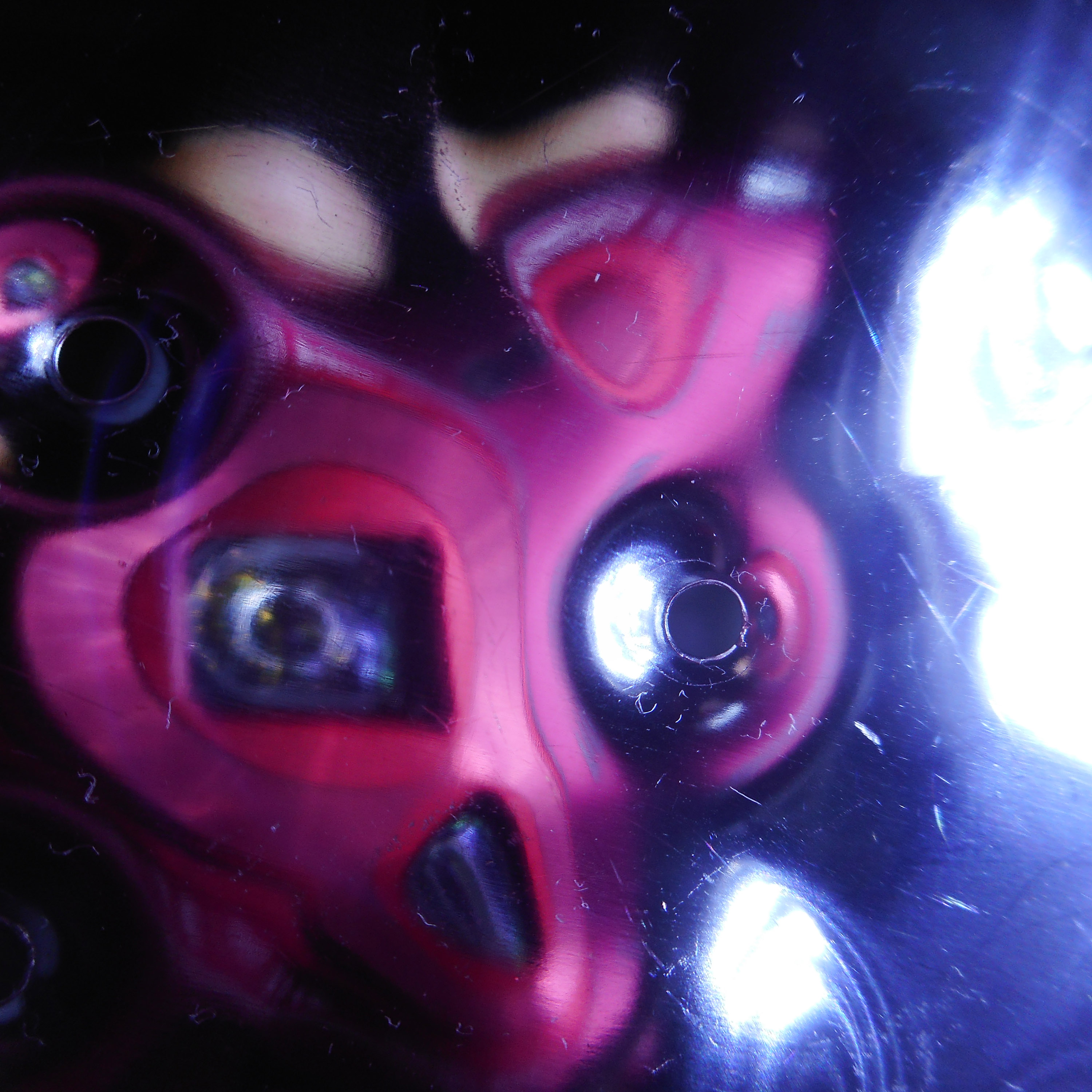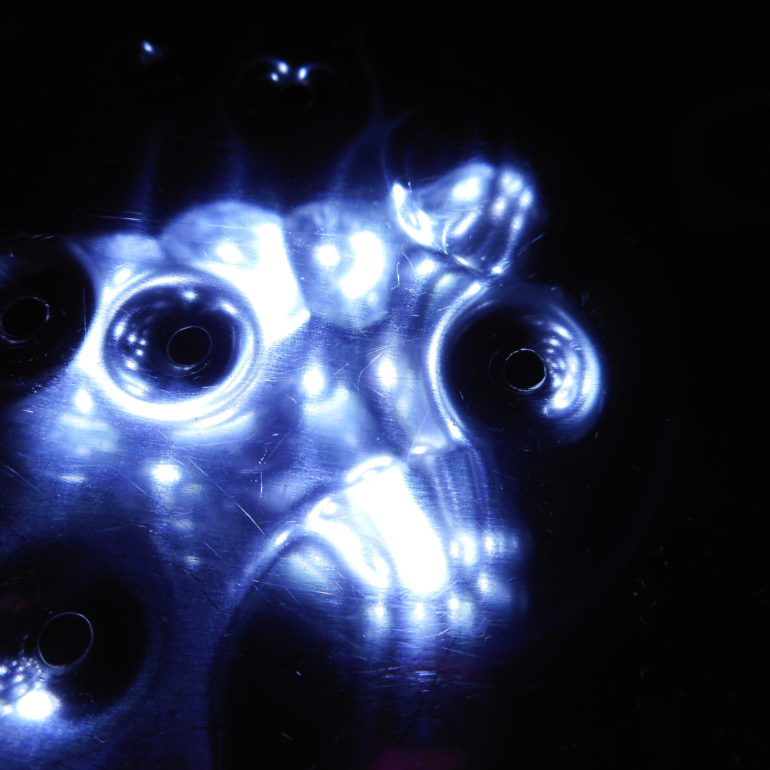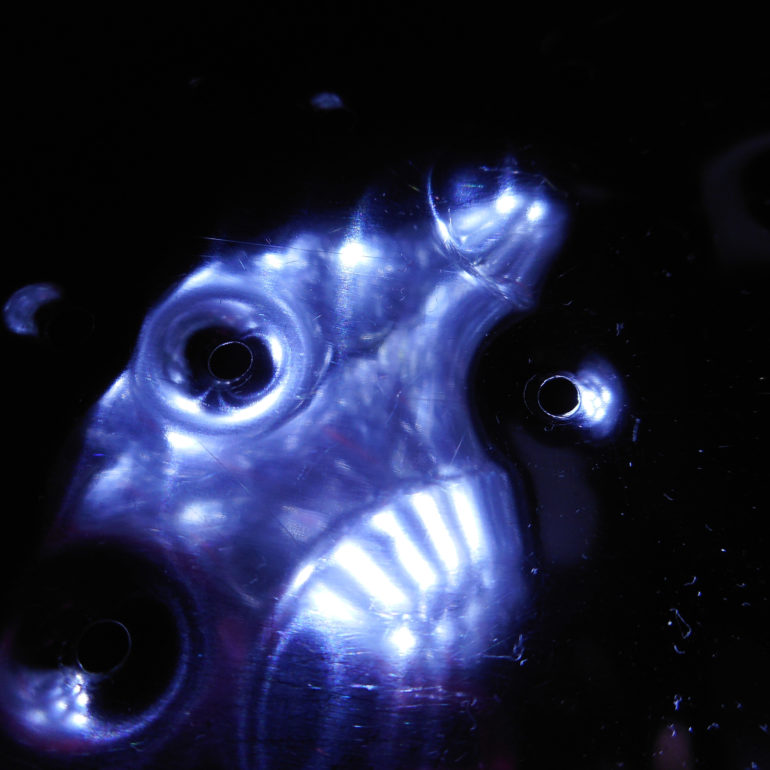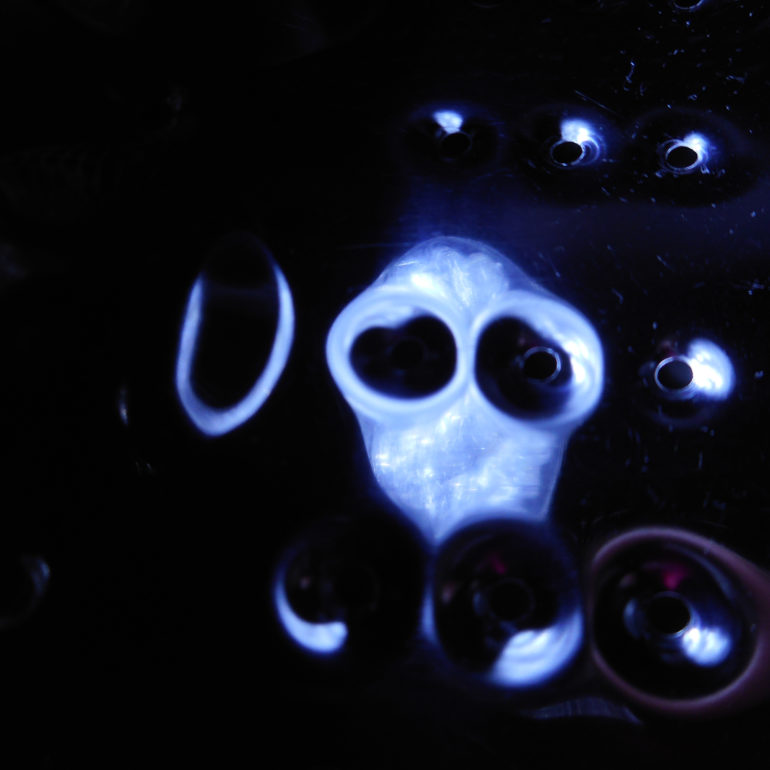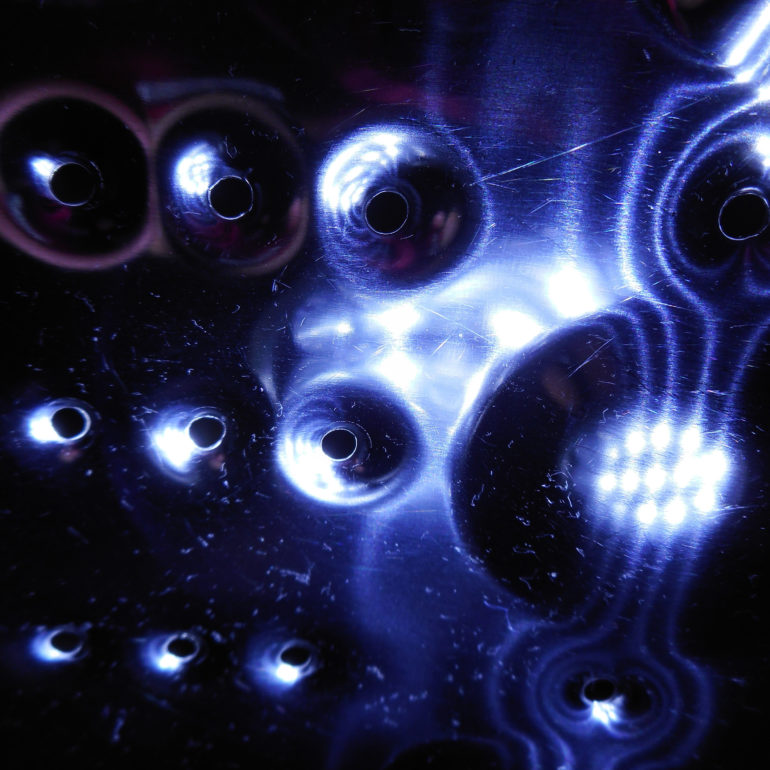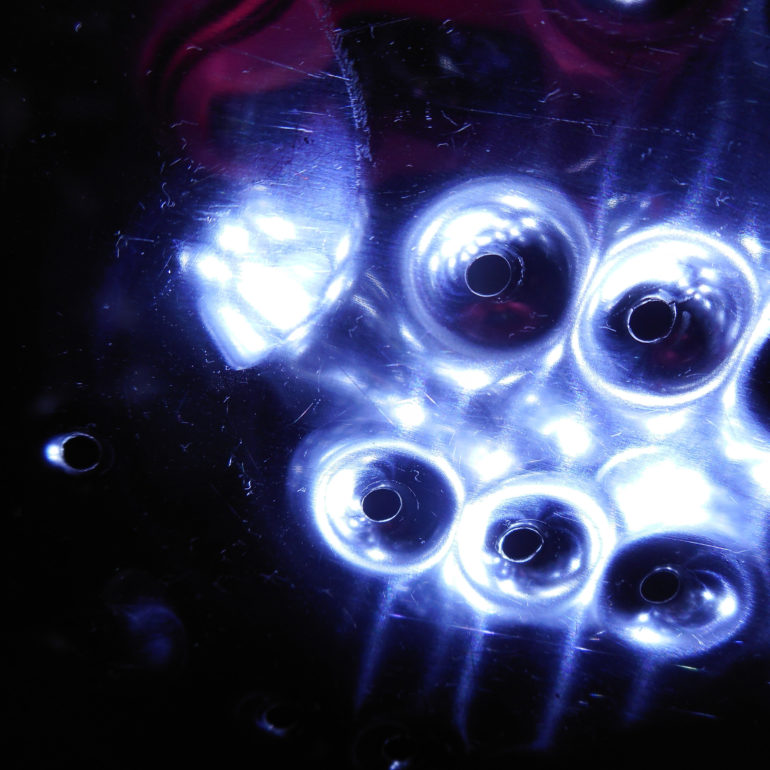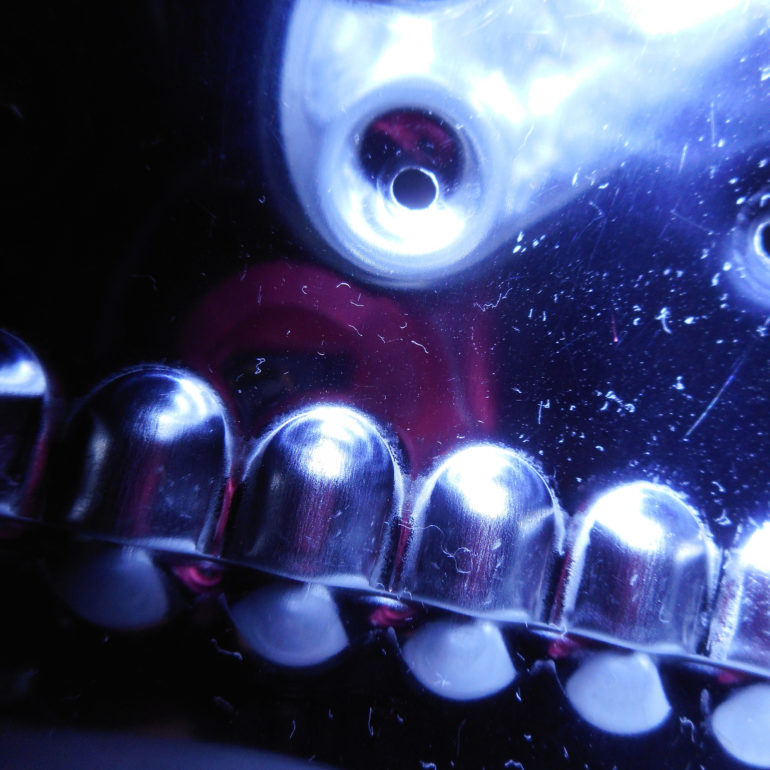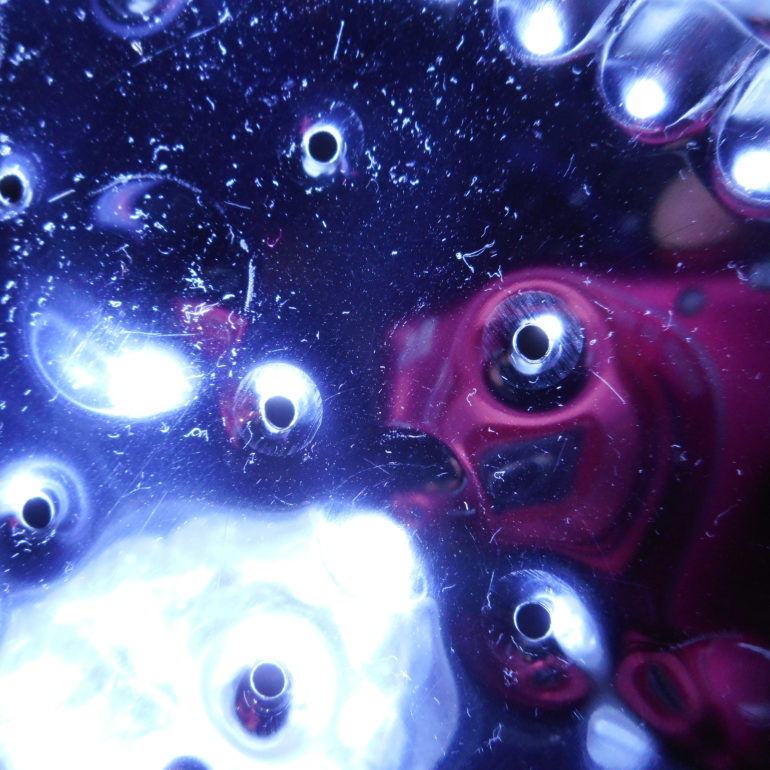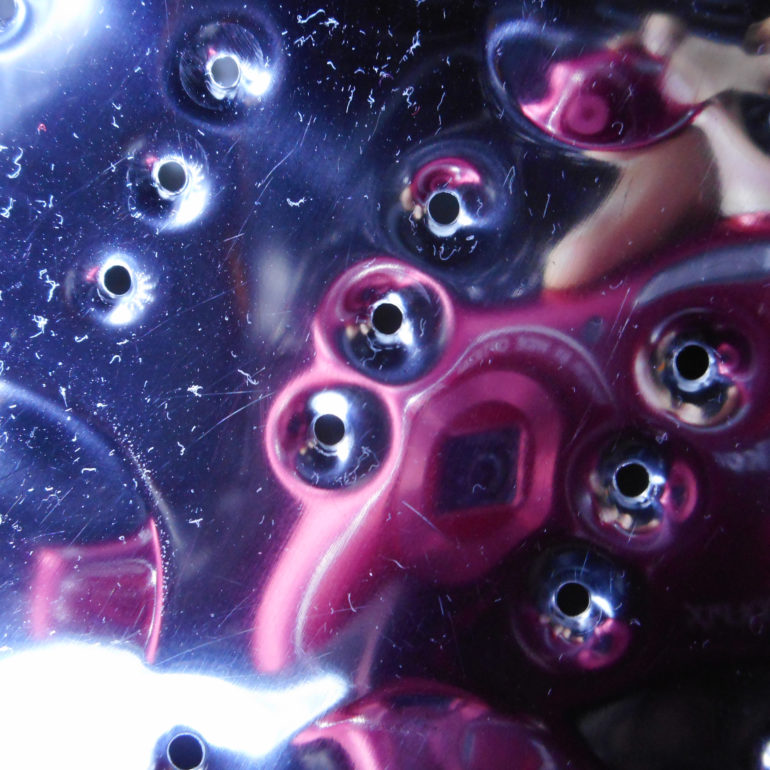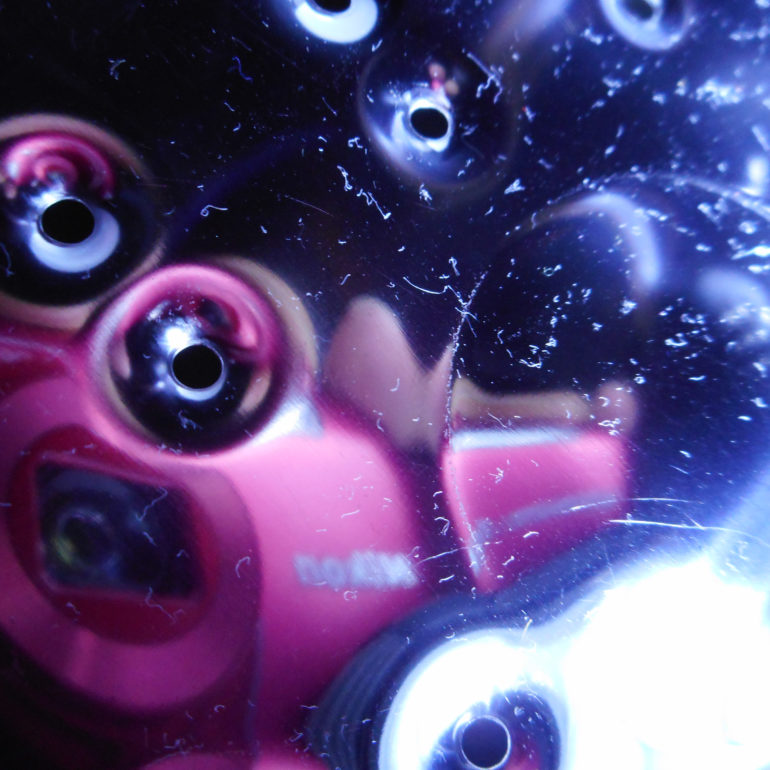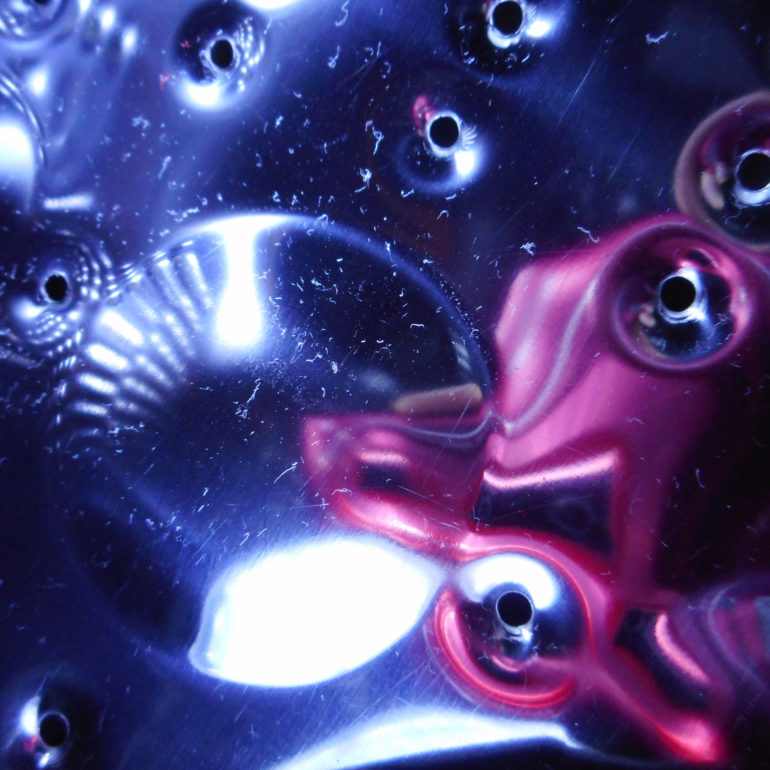We’re streaming daily on Apple Podcasts, Google Podcasts, Stitcher, Pocket Casts, and Spotify!
“In this series, as in all my photographs, there is no Photoshop at all: I publish photos directly from the camera,” says photographer Elena Vachugova. She continues to tell us that this project was about cleaning the idea of photography and photoshop being the same thing. The surreal series is fascinating. Done during quarantine this year, it shows that creativity also doesn’t need the most advanced camera gear. In fact, you’ll be amazed that she used a little Nikon point and shoot. Otherwise, it was all about her creative freedom!
Editor’s Note: the following interview has been translated with Google edits and cleaned up a bit.
“Photo processing is another kind of art. I am for photography, separate from Photoshop!!!”
A quote from Elena Vachugova
The Important Photography Gear of Elena Vachugova
Elena says:
For the series “The camera in the washing machine,” I used a simple, compact Nikon Coolpix A300 camera. (I bought this camera in memory of Nikon Coolpix L19, which has worked with me for over 10 years in shooting conditions both in the rain and under the snow!) I believe that the expressiveness of photography and the creative level of photography, largely depends not on the camera but from the photographer themselves! Of course, the camera imposes its own restrictions on the choice of the subject, but there is always a subject that is accessible to the technical capabilities of the camera and is creatively interesting for both the photographer and the viewer! This compact camera allows me to take photos from close enough distance in macro mode and allows me to take pictures in a square format. And the color of my camera is red and moreover small in size. It was these technical capabilities and the design of the camera that helped me make this series of abstractions. In addition, I used a regular flashlight for illumination so as not to spoil the image with flash.
A quote from Elena Vachugova
Talk to us about how you got into photography.
In my family, my grandfather and dad were photographers. These were 1960-70s and, accordingly, they used “Zenit” analog SLR cameras. In the 1980s, photographing in our family was done by my mother. She photographed with an analog camera called an “Electra”. We used mainly slide film. In the 1990s, it was mostly all about the documenting of family life, mainly long walks with dogs in picturesque places. They were passed to me together with my father’s “Zenith” and mother’s “Electra”. In 2005 I tried to photograph with a digital camera (it was my friends’ Pentax Optio 555). I was interested in the possibilities of macro photography. And on photo shoots with dogs, photos of reflections, textures of trees, grass began to appear. My first digital compact camera Canon Power Shot A470 with the ability to shoot close-ups from a macro allowed me to try to photograph all that beauty from the macrocosm around us that I had seen before, but there was no technical opportunity to photograph the play of light and shadow, glare, reflections, textures on small surfaces (centimeter, several centimeters in size). In addition to landscapes and shooting dogs, I became interested in photo abstraction. Probably, these are genes: my mom and dad are artists.
“I am categorically against shooting a huge number of frames in a row: according to the principle of “quantity turns into quality”, you can randomly get a good shot.”
A quote from Elena Vachugova
What made you choose a washing machine? Why not a pasta strainer or mesh fence or anything? It’s such a cool idea!
The drum of the washing machine attracted me for a long time with its texture, curved surfaces, and mirroring. Only there was no time to experiment with the camera. Thanks to the spring self-isolation in the Moscow region (due to the coronavirus), I have free time. In addition, shooting dogs and landscapes during this period were excluded (from the house you could only go to the nearest store, to the pharmacy, take out the trash…) And I took a flashlight, a small red camera in macro mode without a flash and began photographing experiments. Images under the camera lens were born in a matter of seconds (the play of light, shadow, and reflections). In this short time, it was necessary to evaluate the expressiveness of the frame and either take a picture or move the camera and flashlight for a new image. And with other everyday objects (for example, a white plastic package, a transparent bottle with orange shower gel, the bottom of a burnt small metal pan, I have already experimented!
For you, what was the most interesting part of this? You got the lint, the different colors, scratches, etc.
It’s amazing how much you can see in the drum of a washing machine with macro photography!!! As for the lint, it is most likely small specks of dust that glow in the bright light of a flashlight. And the scratches are an interesting observation: the washing machine is new, surprising that the new washing machine already has scratches in the drum! But this is not a question for me, but for LG! For me, the most interesting thing in such photo sessions is the play of light and shadow and the instantaneous birth and death of one image after another under the light of a flashlight. It turns out that I photograph something that does not exist and that comes to life only under my hands. It turns out that I paint with the play of light and shadow of abstraction with the help of a camera. When I photograph abstractions I do not focus on individual details: I shoot not scratches, not lint and not colors, but the image that they make up all together in the frame in a single composition!
“For me, the most interesting thing in such photo sessions is the play of light and shadow and the instantaneous birth and death of one image after another under the light of a flashlight.”
A quote from Elena Vachugova
Looking back on this project, what would you have done differently?
The entire photo session “The camera in the washing machine” was 36 photos. I have selected 18 photos for the project on Behance. Probably, looking back at this project, I would have tried to shoot less at once! I am categorically against shooting a huge number of frames in a row: according to the principle of “quantity turns into quality”, you can randomly get a good shot. Experiment with a flashlight with a different color (for example, red), with a different color camera, I would not have been able to do everything I wanted with this series – everything else will be just new versions of the old project! It’s much more interesting for me to experiment with a new object!
And there’s very little Photoshop involved here, right?
In this series, as in all my photographs, there is no Photoshop at all: I publish photos directly from the camera. All photos on my Behance page are without Photoshop. I love photography as an art form. Photography captures the moment. The camera immediately captures composition, color, and story. I do not process my photos after shooting. Photo processing is another kind of art. I am for photography, apart from Photoshop!!! By the way, the series of photographs can be viewed as a desire to clean modern photographic art from the mixture of Photoshop bypassing the photographic art through the washing machine.
All images by Elena Vachugova. Used with permission. Check her out on Behance.
Want to submit to our features on photographers who use little to no photoshop? Here’s the details on how to submit.


